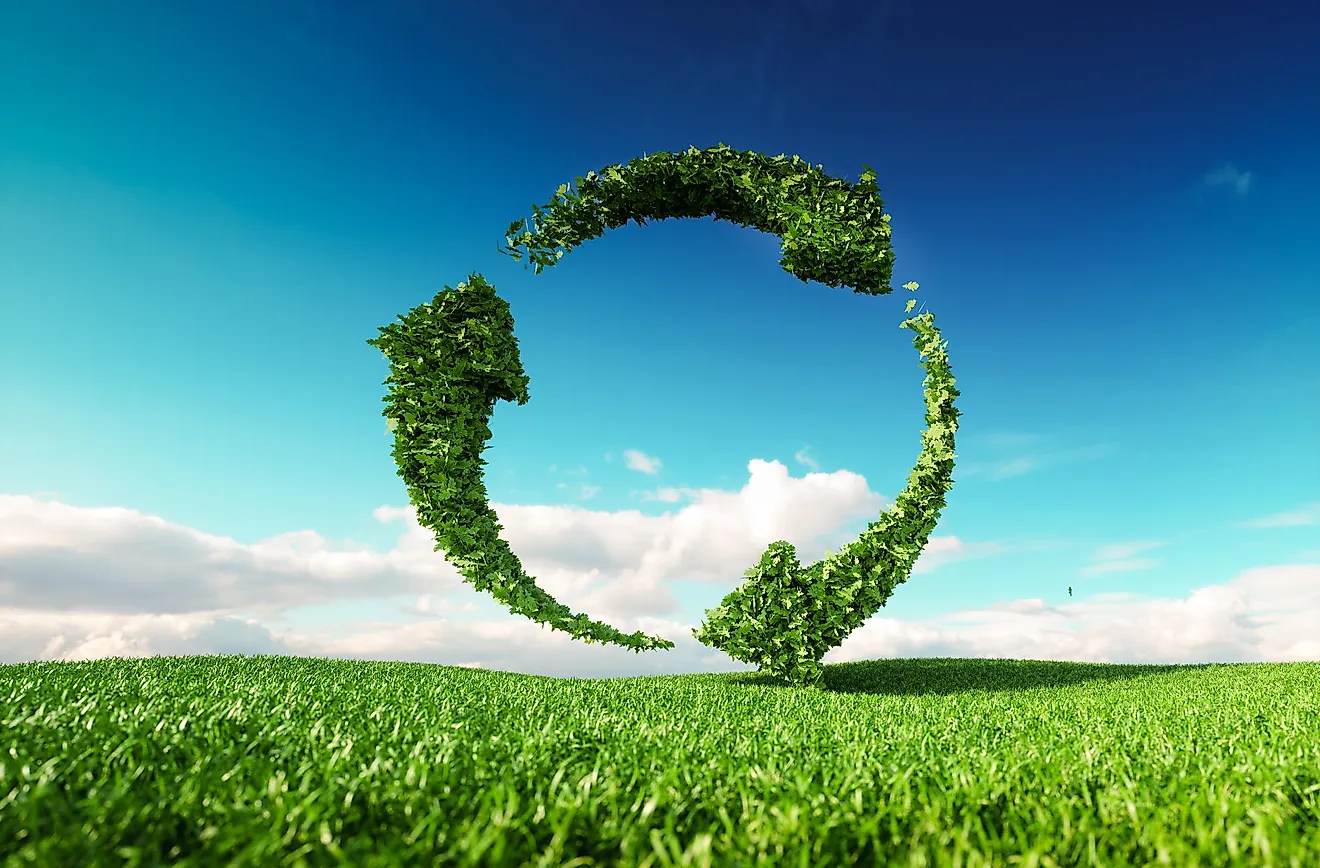How To Boost Gardens With Native Flowers

Imagine stepping into a garden that's not just beautiful but alive with the hum of bees, the flutter of butterflies, and the chirping of birds. A garden that's not merely a plot of land, but a thriving ecosystem teeming with life. This is not a distant dream but a reality you can create by incorporating native flowers into your garden. Let's embark on a journey to understand why and how to boost your garden with native flowers.
The Magic of Native Flowers: Why Choose Them?
Native flowers are those that have evolved naturally in a particular region. They are the backbone of local ecosystems, providing habitat and food for wildlife. By planting native flowers, you're not just creating a beautiful garden; you're contributing to conservation and sustainable living.
Benefits of Planting Native Flowers
- Low Maintenance: Native flowers are adapted to local conditions, requiring less water and care.
- Support Local Wildlife: They provide nectar for pollinators, seeds for birds, and habitat for beneficial insects.
- Preserve Biodiversity: By supporting local flora, you help maintain the delicate balance of the ecosystem.
- Reduce Pesticide Use: Native plants are often more resistant to pests and diseases, reducing the need for chemicals.
Getting Started: How to Incorporate Native Flowers into Your Garden
Research: Know Your Region
Before you start, it's crucial to understand your region's native plants. The Lady Bird Johnson Wildflower Center is an excellent resource for this. They provide a comprehensive database of native plants searchable by region.
Plan Your Garden
Consider your garden's layout and conditions. Does it get full sun or partial shade? Is the soil dry or moist? Different native flowers thrive in different conditions. For instance, coneflowers love the sun, while bloodroot prefers shade.
Prepare Your Soil
Most native flowers prefer well-drained soil. Avoid using fertilizers, as many native plants thrive in nutrient-poor soil. Instead, focus on improving soil structure with compost or leaf mold.
Top Picks: Beautiful Native Flowers for Your Garden
Purple Coneflower (Echinacea purpurea)

This vibrant flower is a magnet for bees and butterflies. It's drought-tolerant and thrives in full sun, making it a low-maintenance addition to your garden.
Black-Eyed Susan (Rudbeckia hirta)
This cheerful flower is a staple in many gardens. It's drought-tolerant, loves the sun, and attracts a variety of pollinators.
Blazing Star (Liatris spicata)
This tall, spiky flower is a favorite among monarch butterflies. It thrives in full sun and well-drained soil.
Maintaining Your Native Flower Garden
Water Wisely
Native flowers are generally drought-tolerant once established. However, they'll need regular watering in the first growing season. After that, let nature take its course.
Prune with Care
Many native flowers benefit from pruning, but it's essential to do it at the right time. Some plants, like coneflowers, can be cut back in late fall, while others, like asters, should be left standing over winter to provide habitat for wildlife.
Observe and Enjoy
Gardening with native flowers is not just about creating a beautiful space; it's about observing and engaging with nature. Take time to notice the wildlife your garden attracts. It's a rewarding experience that connects you with the local ecosystem.
Conclusion: Embrace the Beauty of Native Flowers
Incorporating native flowers into your garden is more than just a trend; it's a step towards sustainable living. It's about creating a garden that's not just beautiful but alive, a garden that supports local wildlife and preserves biodiversity. So, why not take the first step today? Your garden, and the ecosystem it supports, will thank you.
FAQs
What are native flowers? Native flowers are plants that have evolved naturally in a particular region. They are adapted to local conditions and support local wildlife.
Why are native flowers important for the ecosystem? Native flowers provide food and habitat for local wildlife, support biodiversity, and help maintain the delicate balance of the ecosystem.
Are native flowers easy to maintain? Yes, native flowers are generally low-maintenance. They require less water and care than many non-native plants because they are adapted to local conditions.
How do I know which native flowers to plant in my garden? Research is key. Resources like the Lady Bird Johnson Wildflower Center can help you identify native plants suited to your region and garden conditions.
How can I attract more wildlife to my native flower garden? Diversity is key. Plant a variety of native flowers to provide food and habitat for different types of wildlife. Also, consider adding features like birdbaths or birdhouses to attract more creatures to your garden.

Happy gardening! Remember, every native flower you plant is a step towards a more sustainable and beautiful world.
0 Response to "How To Boost Gardens With Native Flowers"
Post a Comment